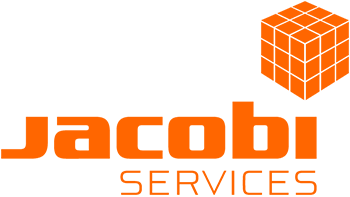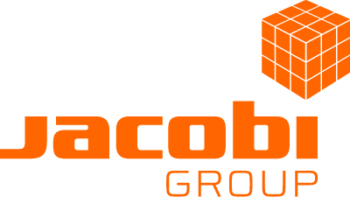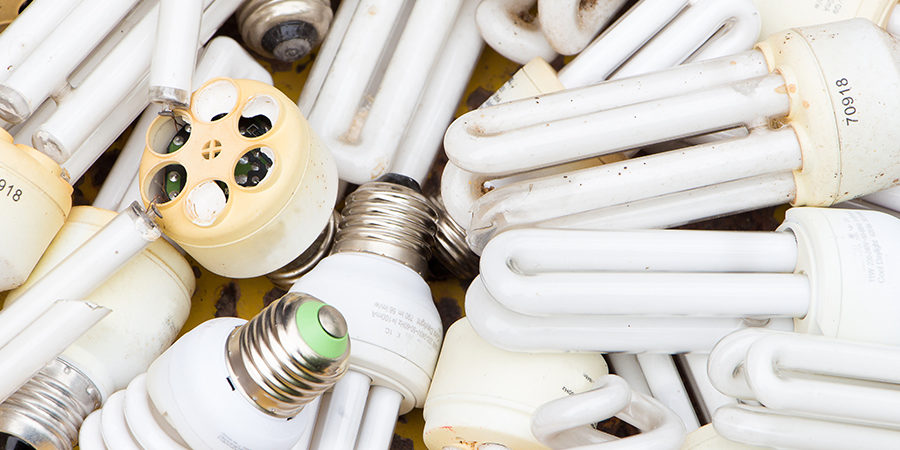The Problem
During commissioning stages, mercury was detected in the air of a newly constructed building. Being set on a former light bulb production site, the link was quickly made between historical mercury contamination of the soil and the previous use of the site. Analyses of soil samples also showed contamination of other heavy metals, such as zinc and organics. Together with the client, Jacobi decided to remediate the site prior to the opening of the establishment.
How Jacobi Solved the Problem
There was more than one issue on this particular site. With Jacobi’s three divisions: Carbons, Resins and Services, we were able to tackle all of the site’s problems in one go. Highly knowledge teams from each division were able to devise a solution, supply carbons, resins and filters, and install and service the filters for the customer.
Both Jacobi and the customer wanted to ensure the site was not only safe for future use, but that it exceeded the required safety levels. Solving the problems involved both on-site and off-site remediation and a combination of both resin and carbon treatment using our mobile filter units.
Off-Site Soil Remediation
During the planning and preparation of the remediation, it was decided to excavate the soil to process at an off-site treatment centre and treat the groundwater with in situ treatment techniques. The groundwater level had to be lowered before the extraction of the contaminated soil from the contaminated ore. Lowering the groundwater level meant continuously pumping about 270m³ of contaminated water per hour. The water was mainly contaminated with mercury, zinc and organics.
The Jacobi Carbons Services division was contacted in order to come up with an in situ treatment solution. It was decided to use a mobile filtration solution using different media. Four treatment lines would be used, each having three AquaFlow™ V20 H units due to the high flow rate, as shown in Flow Sheet 1.


